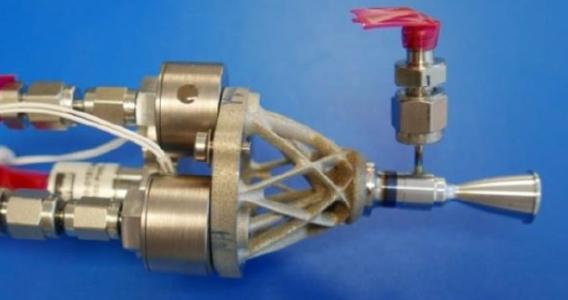Water propulsion system

To assess and demonstrate the potential for a water fuelled propulsion system.
Current chemical propulsion systems rely on the hypergolic reaction of dangerous, corrosive and toxic chemicals. The selection of these chemicals was driven by a range of needs including performance, storability and reliability. They have also driven up the sub-system design justification cost. Current ''green'' propulsion options can offer some mitigation of these issues however most alternatives are not benign chemicals and continue to have safety and cost concerns. Electrolysis (ECLSS heritage) technology in Europe is at a high TRL. Gaseous hydrogen/oxygen engines are also mature technology. Such a system, with currently available power levels is likely to have a lower thrust than a bi-prop system and consequently the transfer time will fall somewhere between electric orbit raising and chemical orbit insertion. It also offers other potential benefits: Using reversable fuel cell technology, excess electrical power can be stored as oxygen and hydrogen rather than just in the batteries. The water itself can be used for cooling as well as for propulsion needs. The system is also highly scalable with available power.Standard GTO-GEO Delta V requirements are well understood. Current platforms can supply in the region of 10kW sustained for the duration of any transfer. Using these values an electrolysis system should be designed and assessed. Thrust and transfer time should be determined and the market acceptability assessed.Work logic1.Assess the operational and budget implications of an electrolysis propulsion module. Determine the likely sustained thrust levels and transfer times.2.Determine the market acceptability of such transfer times.3.Design and test a breadboard electrolysis system at sustained levels appropriate to the identified needs.4.Generate a set of preliminary requirements for an electrolysis transfer system.
